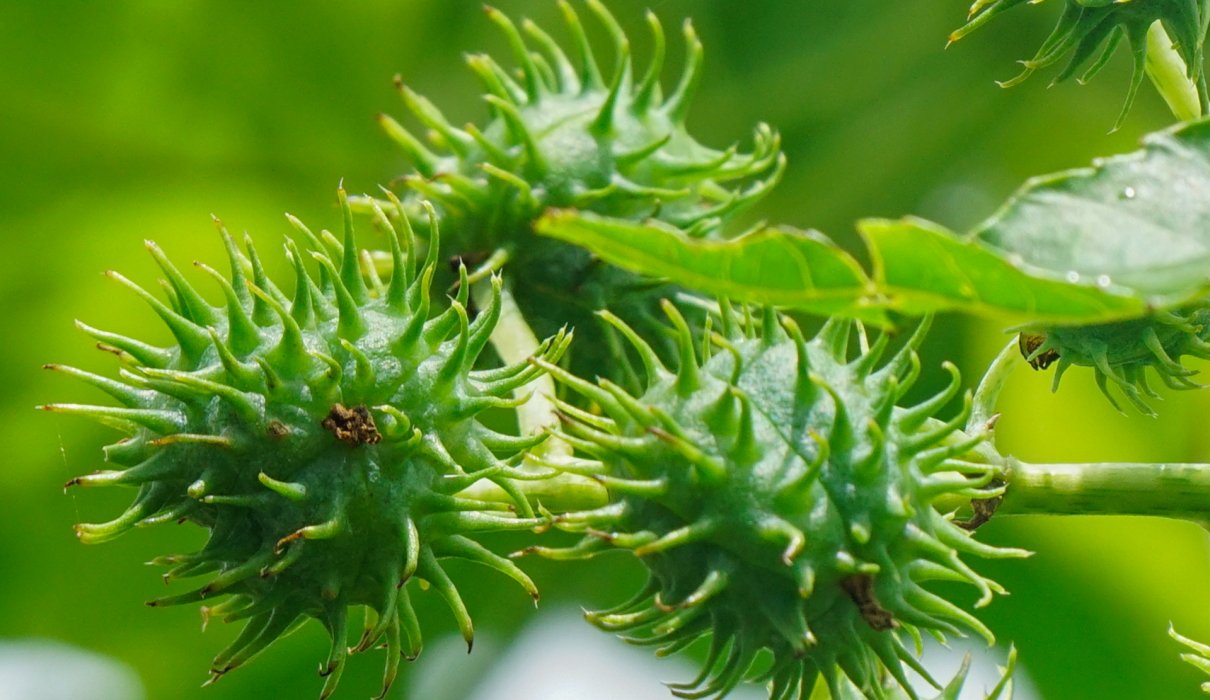Castor Oil Plant (Ricinus communis) in Maldives: A Biodiversity Insight
In the beautiful Maldives, you’ll come across the Castor Oil Plant, locally called Aamanaka. It’s a sturdy shrub from the Euphorbiaceae family, making its mark in the local environment and history.
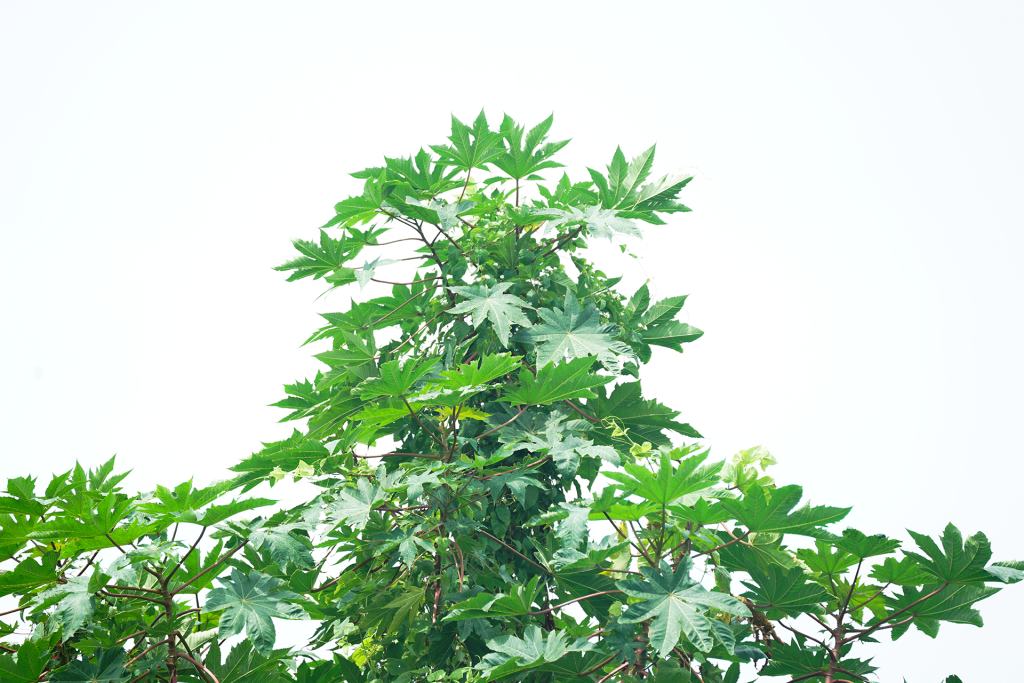
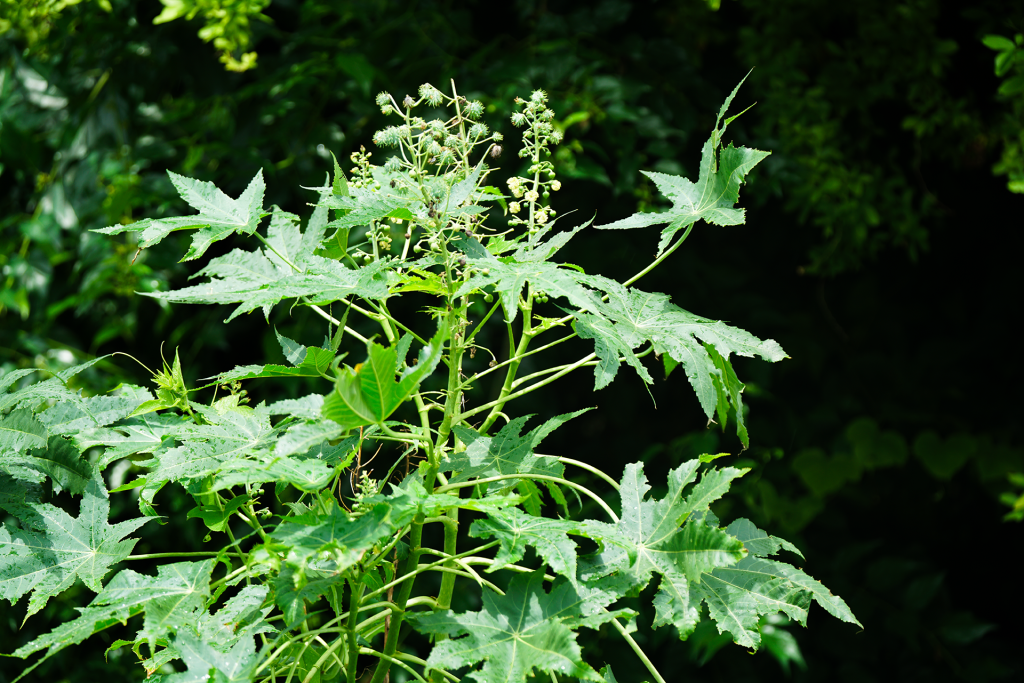
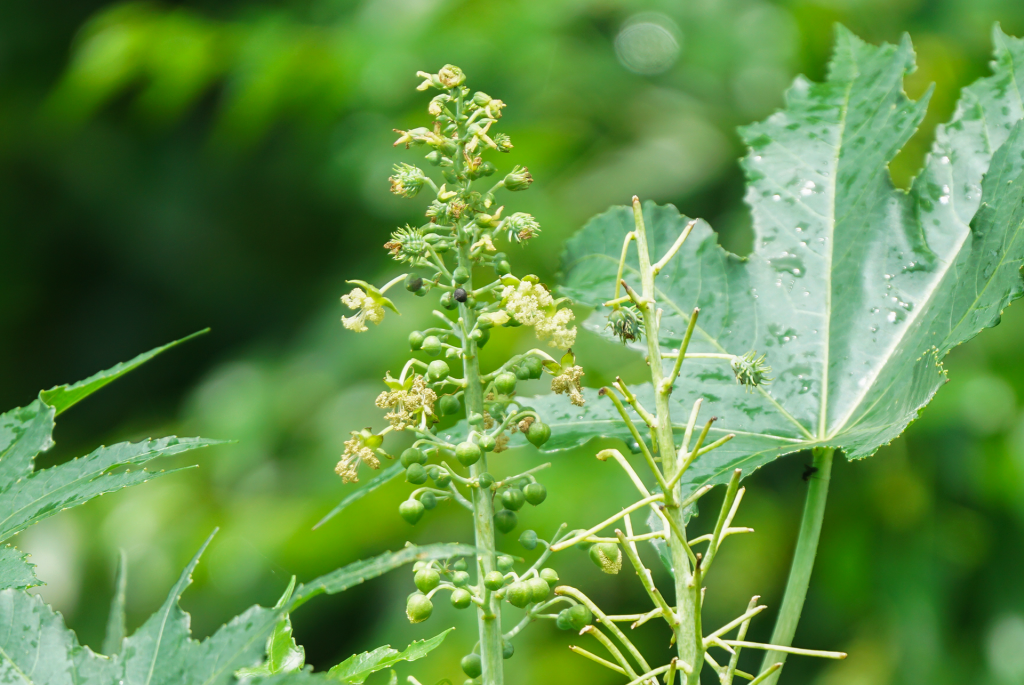
Key Details:
- Scientific Name: Ricinus communis
- Local Name (Dhivehi): Aamanaka
- Family: Euphorbiaceae
Description: The Castor Oil Plant is a hardy, branched shrub with glaucous leaves. Its leaves are distinct, palmately lobed, and peltate, making the plant easily recognizable. The shrub produces flowers in terminal racemes, with male flowers below and female flowers above. The fruit is a spiny capsule containing large, oval seeds.
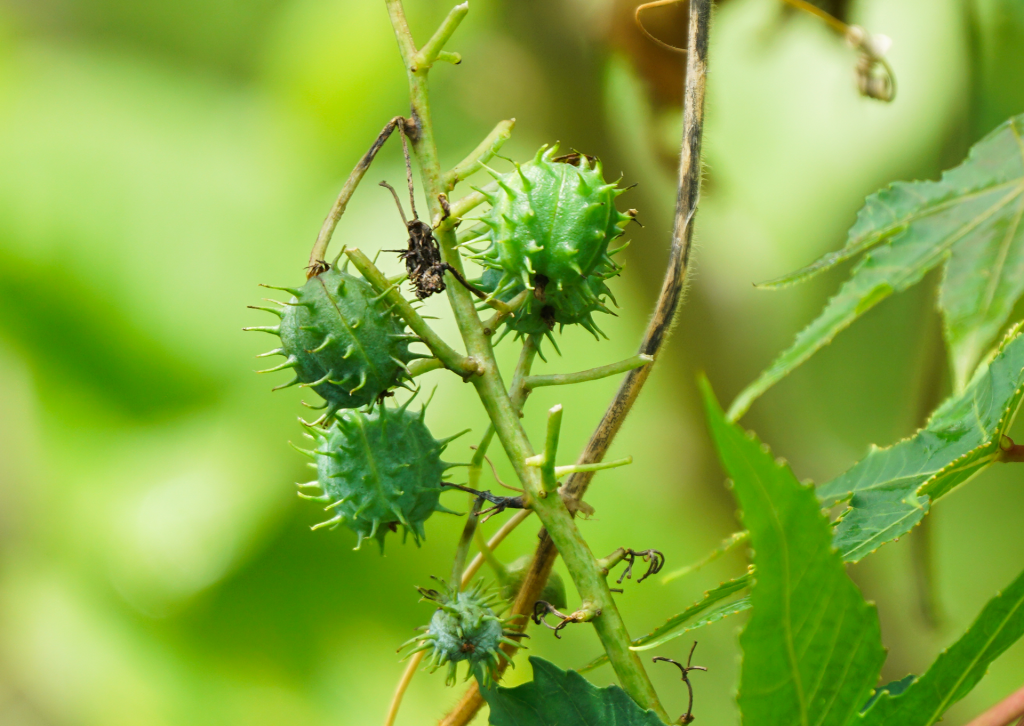
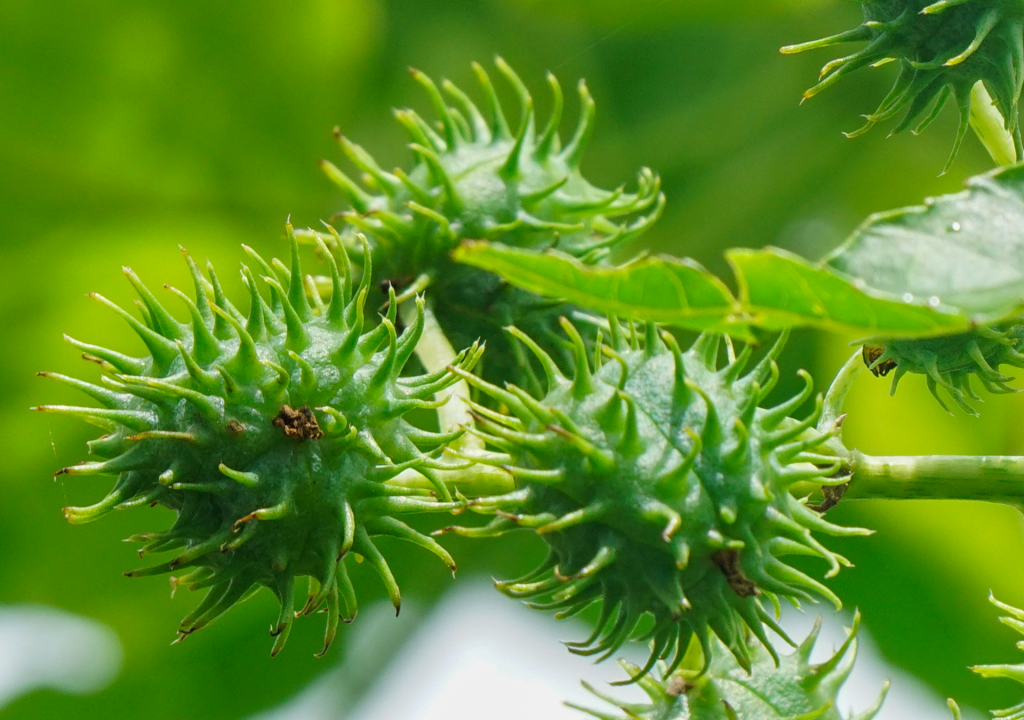
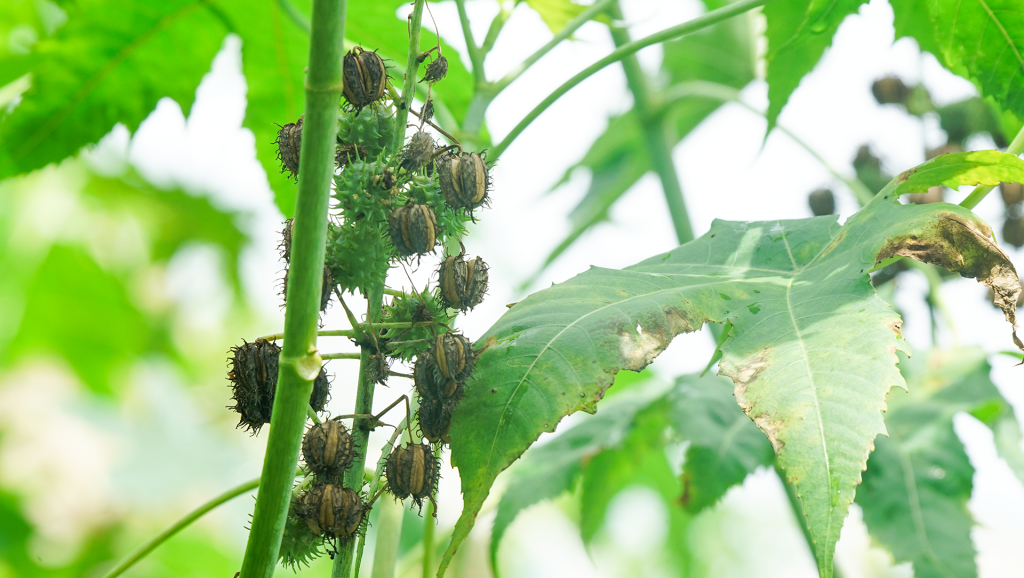
Ecological Role: In Maldives, this plant thrives in disturbed forest areas and homesteads. It serves as the host plant for various butterfly and moth species, contributing to the local ecosystem’s biodiversity.
Uses:
- Traditional Uses: The Castor Oil Plant has historical roots in traditional medicine. In Maldives, it is known for its laxative properties and has been used for various ailments.
- Modern Commercial Usage: Castor oil, derived from the plant, is a versatile product with global significance. It is utilized in medicine, cosmetics, and even as a raw material for biodiesel.
Taxonomy:
- Synonyms: Cataputia major Ludw., Croton spinosus L.
- Common English Names: Castor oil plant, Castorbean, Palma christi
Historical Significance: The use of Castor seeds dates back to ancient times, with evidence found in Egyptian tombs. Its slow-burning oil was historically employed for lighting and medicinal purposes. The plant’s leaves and seeds were recognized for their various uses by the ancient Romans.
Modern Applications: Apart from traditional uses, Castor oil finds applications in modern industries. It is a crucial component in the production of biodiesel, as a lubricant, and even in cosmetic formulations.
Global Production and Use:
- Global Production: Approximately two million tons of castor seeds are produced annually worldwide.
- Top Producers (2019):
- India: 1,196,680 tonnes
- Mozambique: 85,089 tonnes
- China: 36,000 tonnes
- Commercial Uses: Castor oil is employed in various industries, including lubricants, biodiesel production, cosmetics, and even as an anti-microbial agent.
Cautionary Notes: While the Castor Oil Plant has diverse applications, caution is advised. The seeds, if not handled properly, can be poisonous. In Maldives and beyond, understanding the plant’s properties is crucial for safe usage.
Conclusion: The Castor Oil Plant, with its rich history and versatile applications, stands as a resilient component of Maldives’ biodiversity. From traditional medicine to modern industries, it continues to play a role intertwined with the cultural and ecological fabric of the region.
Reference: Food and Agriculture Organization (FAO)


